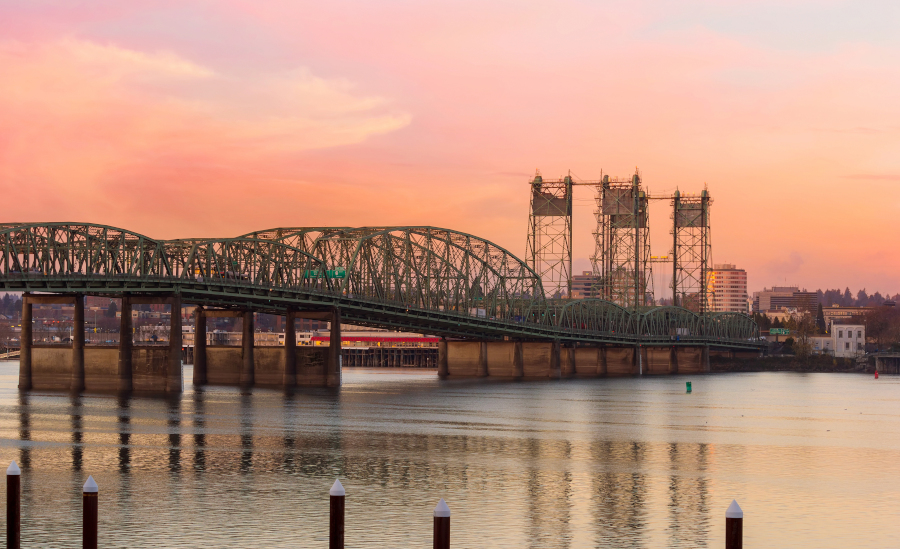The long-awaited project to construct Oregon-Washington I-5 bridge, connecting Oregon and Washington across the Columbia River, is finally gaining momentum after facing numerous delays and setbacks. Recent commitments from both states regarding financing have paved the way for the start of construction as early as 2025. With Washington lawmakers already pledging $1 billion in 2022, the Oregon legislature has now stepped up with an equal commitment of $1 billion. The total project cost is $6 billion.
After securing $2 billion for Oregon-Washington I-5 bridge, the Interstate Bridge Replacement Program (IBR) is now able to apply for up to $3 billion in federal funding. The remaining funding of approximately $1.2 billion is anticipated to come from tolling. Greg Johnson, administrator of the IBR program, expressed his excitement, stating that Oregon’s commitment has significantly increased their competitiveness in securing federal grant applications. By demonstrating the region’s unwavering dedication to completing the project, they have strengthened their chance for funding from the Federal Transit Administration and the Federal Highway Administration.
Read also: Gordie Howe International Bridge construction updates
Why build Oregon-Washington Interstate I-5 Bridge
Johnson emphasizes the Oregon-Washington bridge project significance, describing it as a rare megaproject that has various modes of transportation. Which including transit, biking, walking, and a highway. The Interstate I-5 corridor holds immense importance, being the sole highway on the West Coast that connects Mexico and Canada. It also links to major ports that handle substantial freight traffic. Johnson believes that while the initiative has local roots. It holds national and international value due to its strategic location and multi-modal capabilities.
The governors of the two states have signed a Memorandum of Intent. Indicating their intention to commence building on the Oregon-Washington Bridge. The IBR program, established in November 2019, is responsible for overseeing the planning, design, and construction work. Jointly managed by the transportation departments of Oregon and Washington State. The program collaborates with eight additional bi-state partner organizations, collectively working towards the successful realization of the new bridge.

